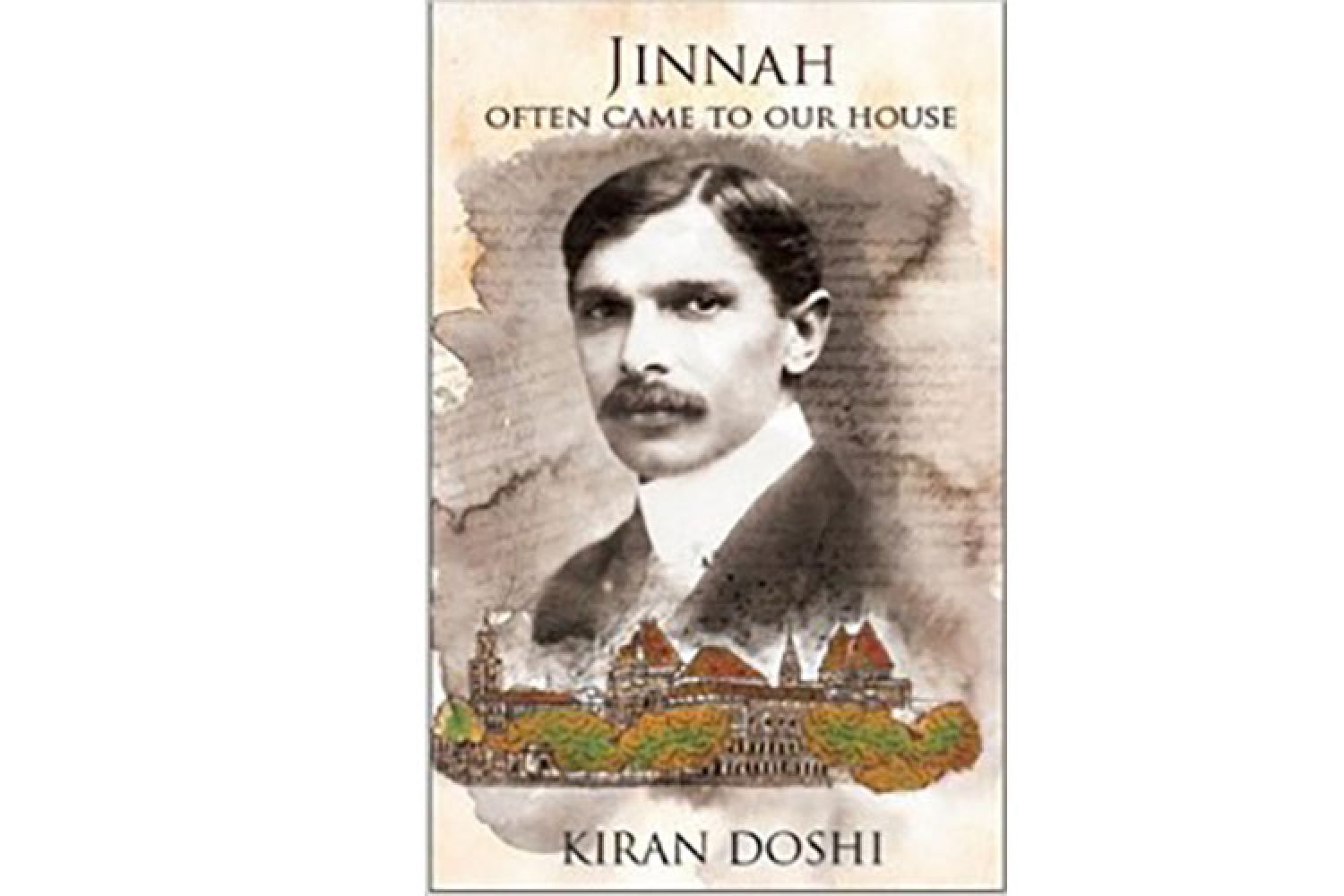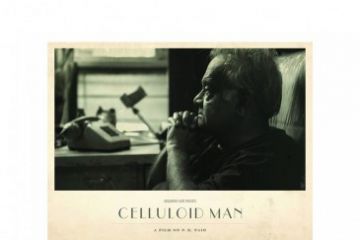
What is the place of (yet) another novel on India’s
independence movement? This episode in history has been recounted from
most angles. Paul Scot’s The Raj Quartet gave the British view, Khuswant
Singh’s Train to Pakistan depicted the horrors of the migration, Chaman Nihal’s
Azadi was a touching account of a Hindu family, and Balraj Sahni’s powerful
film Garam Hawa that of a Muslim one. There have been numerous other works both
in print and on the screen. However, I haven’t co
Continue reading “Brown sahibs and bloodless revolutions”
Read this story with a subscription.





